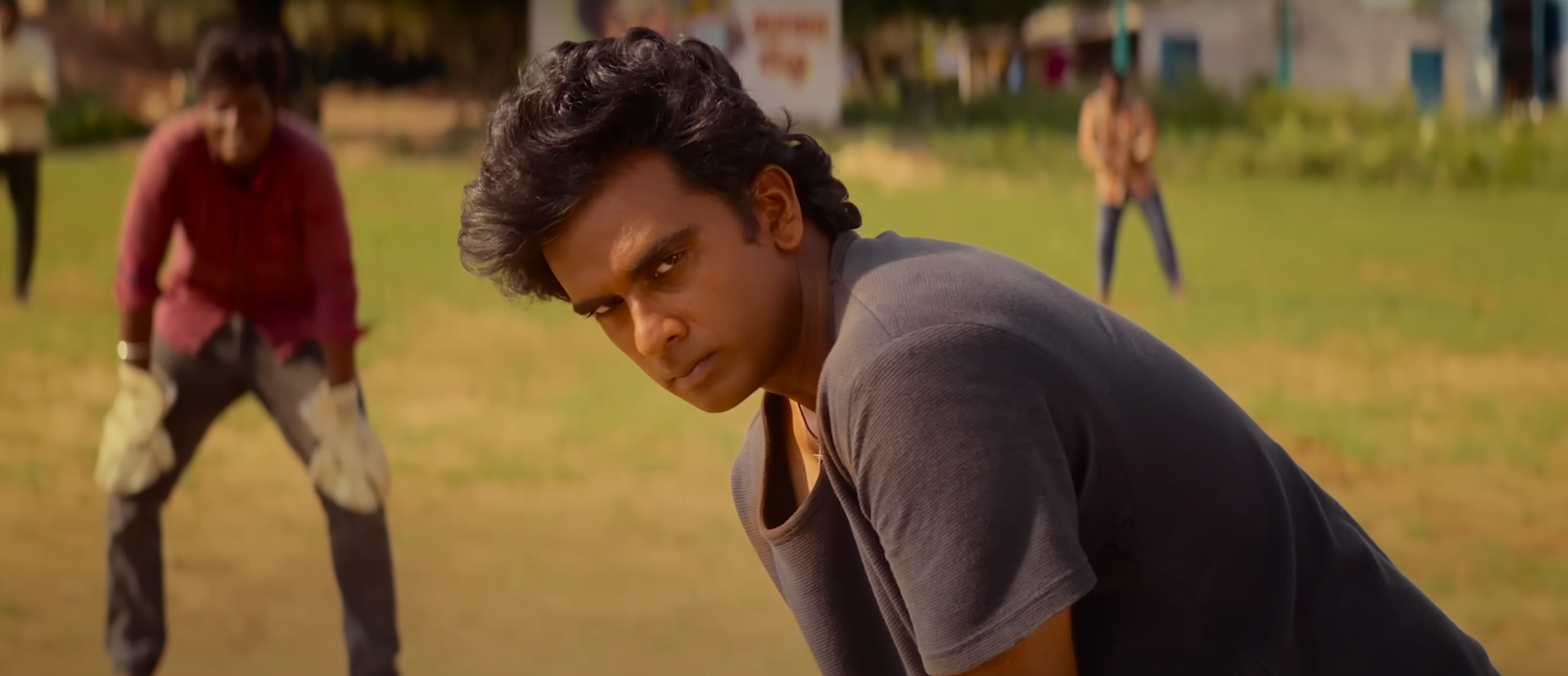Directed by S. Jayakumar and presented by Pa Ranjith’s Neelam Productions, “Blue Star” emerges as a captivating addition to the genre. In the realm of cricket, a sport deeply ingrained in the fabric of our society, this film ventures beyond the boundaries of the cricket field to explore the intricate socio-political dynamics intertwined with the game.
With Ashok Selvan, Shanthanu and Keerthi Pandian in lead roles, along with Prithvi Pandiarajan, Bagavathi Perumal, and Govind Vasantha’s chart-topping music, Blue Star promises an immersive cinematic experience
The film’s narrative unfolds against the backdrop of Arakkonam’s cricketing fervour, with Bagavathi Perumal’s Immanuel adding depth to the story as a former cricketing star enmeshed in the fabric of the community. In essence, Blue Star may follow a simple plotline, but its strength lies in its ability to captivate and provoke thought. With strong characters, noteworthy dialogues, and a sensitive approach to socio-political issues, the film offers a compelling cinematic experience that lingers long after the credits roll.
Delving into caste struggles on the pitch and beyond
Set in Arakkonam during the 1990s, Blue Star portrays a vivid picture of caste conflicts between the two groups, mirroring the wider gap between the ‘oor theru‘ and the ‘colony.’ The film doesn’t shy away from portraying the harsh realities of these divisions, often using the term ‘colony‘ to refer to Dalit settlements, shedding light on the derogatory connotations associated with it in Tamil villages.
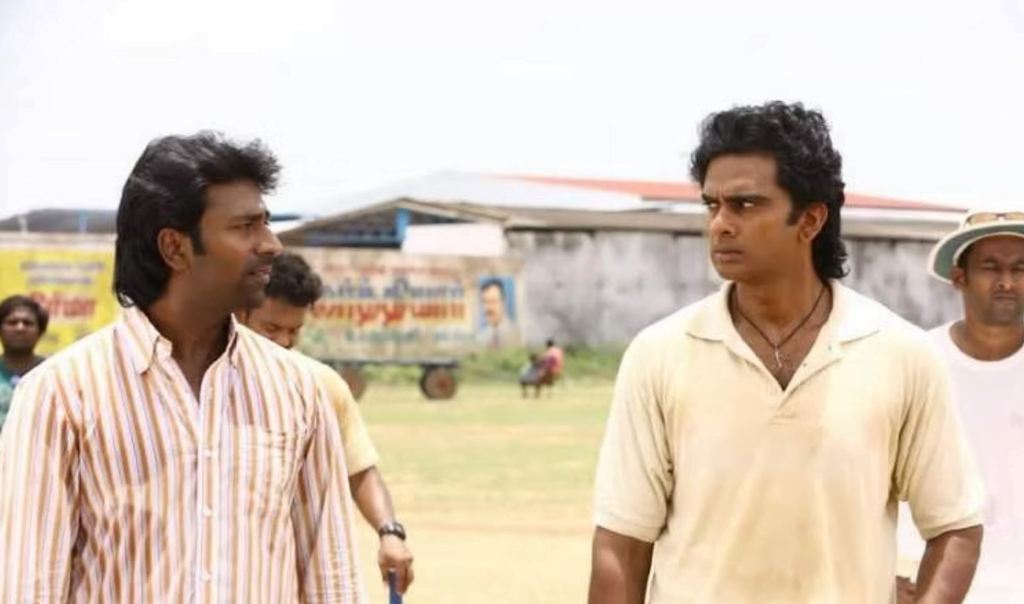
Sports dramas usually possess a natural magnetism, delving into the core of our collective emotions and experiences. A standout aspect of the film is its effective use of subplots, each serving as a vehicle for deeper exploration and commentary. These narrative threads add layers of complexity to the story, leaving a lasting impact on the audience. Through these subplots, the creator succeeds in conveying a multitude of emotions and ideas, enriching the overall viewing experience, one such is the portrayal of caste struggles.
The film’s focus on caste politics in cricket is established from the very beginning by debut director S Jayakumar and co-writer, who define Blue Star with its nuanced treatment of the subject. Blue Star tracks the tale of Ranjith (played by Ashok Selvan), a genuine cricket lover hailing from the Dalit community, as he strives to lead his team, Blue Star, to triumph over their arch-rivals, the Alpha Boys. Ranjith’s squad comprises solely Dalit players, including his brother Sam, while the Alpha Boys, under Rajesh’s (played by Shanthanu Bhagyaraj) leadership, consist entirely of players from the dominant castes residing in the village’s main area. Therefore, at its core, Blue Star follows the parallel journeys of Ranjith and Rajesh, whose paths diverge yet intersect in the competitive landscape of Arakkonam.
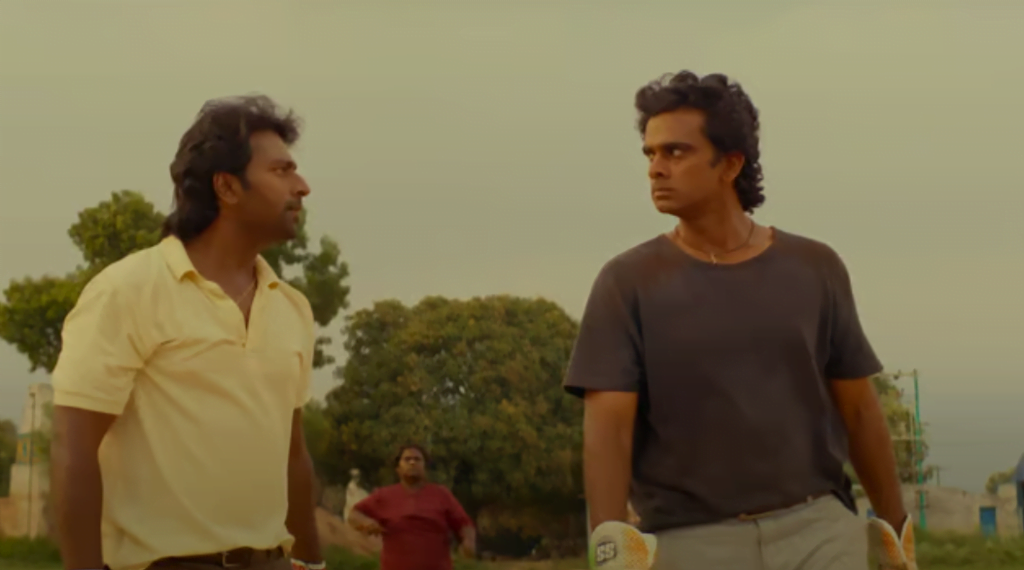
Ranjith, a product of humble origins, leads the local team, Blue Star, embodying the aspirations and struggles of his economically and socially disadvantaged community. In contrast, Rajesh, endowed with privilege, captains the formidable Alpha Boys, setting the stage for a rivalry steeped in both sport and social disparities.
Shanthanu Bhagyaraj, despite limited experience playing a village ruffian, showcases his acting prowess and seamlessly embodies the role of Rajesh. His nuanced portrayal, particularly the subtle expressions of dejection and pain as he confronts the reality that his dominant caste identity cannot shield him from casteism, adds depth to his character.
In recent years, Tamil cinema has witnessed a surge in anti-caste films, many of which explore caste dynamics and the oppression faced by Dalits at the hands of intermediary castes. Blue Star takes this exploration further by delving into the discrimination experienced by both intermediary castes and Dalits at the hands of the privileged caste.
Although S Jayakumar does not explicitly mention the elitism of players towards Blue Star and the Alpha Boys, subtle cues suggest this underlying theme. The filmmaker also illustrates how the supremacy of intermediary castes does not shield them from caste-based discrimination from those higher in the hierarchy, highlighting how the privileged castes ultimately benefit from disunity among lower castes. But the intricacy of this investigation turns into a double-edged sword, as the power of the movie is diminished as its message grows cliched and monotonous.
Blue Star undoubtedly offers a nuanced exploration of caste dynamics in cricket and society, shedding light on the intricate power dynamics and the insidious nature of caste-based discrimination.
Confronting sexism in sports
Keerthi Pandian shines as Anandhi, the female lead in Blue Star captivating audiences with her natural acting and impeccable dialogue delivery. From her very first scene, Anandhi’s passion for sports, particularly cricket, is palpable. Her confident response to Ranjith’s question about her favourite player challenges stereotypes.
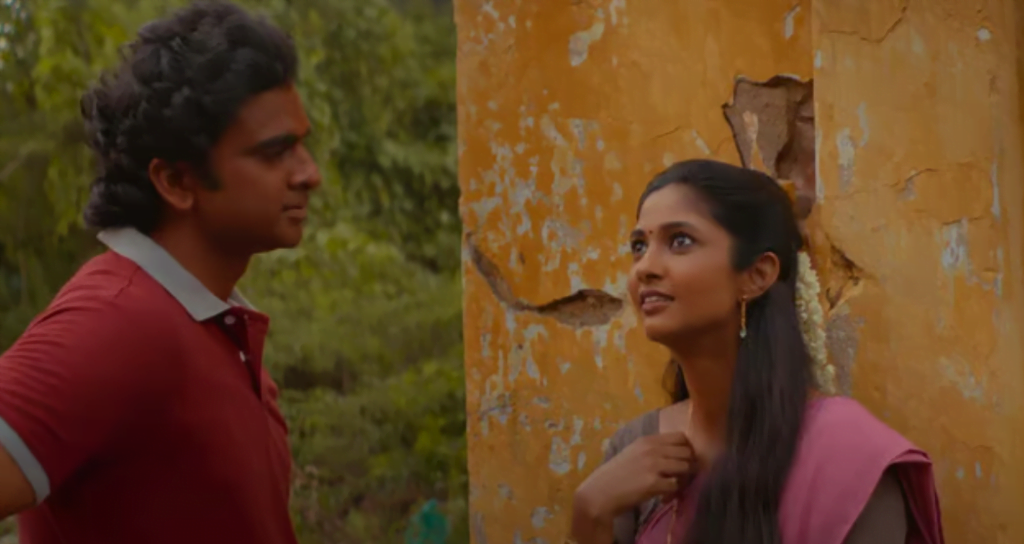
Throughout the film, she passionately discusses her love for playing sports and advocates for women’s involvement in athletics. Anandhi’s character raises important questions about why girls cannot be cricketers or sports fans, challenging traditional gender norms and advocating for gender equality in sports.
The chemistry between Ashok Selvan and Keerthi Pandian as Ranjith and Anandhi is truly remarkable. Their interactions reveal the depth of Anandhi’s passion for sports, despite being restricted to watching from her classroom window.
In a poignant scene where Ranjith gifts her an accessory, Anandhi expresses her true desire to play cricket, breaking free from societal constraints. Ranjith’s immediate response to fulfill her wish, and Anandhi’s sheer joy and determination on the field, highlight the societal barriers that many women face in pursuing their dreams. This moment resonates with the audience, provoking reflection on how misogyny and sexism have historically suppressed women’s aspirations and passions.
Colourism in Blue Star
While Blue Star aims to address sexism, caste oppression, and societal biases, it falls short of capturing the genuine essence of these themes. One notable concern is the use of brown face makeup on Ranjith’s character, which comes across as artificial and disconcerting. This decision raises important questions about why darker-skinned actors were not considered for the role and whether certain communities are unfairly expected to conform to specific skin colour representations.
One notable concern is the use of brown face makeup on Ranjith’s character, which comes across as artificial and disconcerting. This decision raises important questions about why darker-skinned actors were not considered for the role and whether certain communities are unfairly expected to conform to specific skin colour representations.
One of the primary concerns with brownface is its perpetuation of stereotypes and reinforcement of discriminatory attitudes. By using makeup to darken the skin of fair actors to play Dalit characters, filmmakers may inadvertently reinforce harmful stereotypes about Dalit individuals being uniformly dark-skinned or physically distinct from other caste groups.
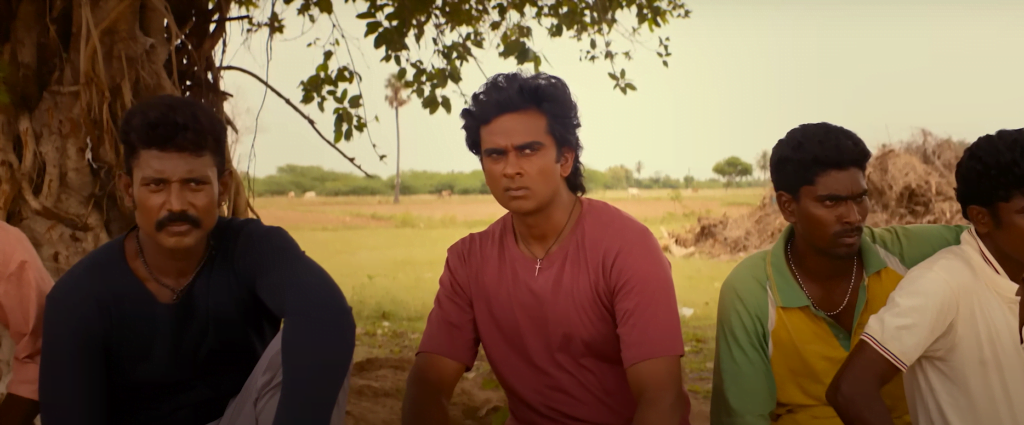
Furthermore, brownface can detract from the authenticity and sincerity of the storytelling. Audiences may find it difficult to fully engage with a film when they perceive the portrayal of characters from marginalised communities as artificial or inauthentic. This can undermine the film’s message and impact, particularly when addressing important social issues such as caste oppression.
Overall, the use of brown makeup on fair actors to portray Dalit characters raises complex ethical and artistic considerations. It underscores the need for greater sensitivity, inclusivity, and authenticity in casting decisions and representation in the film industry.
Filmmakers should strive to cast actors who authentically represent the diverse range of identities and experiences within society, while also challenging stereotypes and promoting greater equity and inclusion in storytelling.
Nevertheless, Blue Star remains a poignant reminder of the power of storytelling to provoke reflection, ignite empathy, and inspire change. Through its powerful performances and nuanced storytelling, the film leaves a lasting impression, urging audiences to confront societal injustices and strive for a more equitable future.
The film is more than a cricket drama; it is a testament to the resilience of the human spirit and the transformative power of unity. Through its nuanced storytelling and powerful performances, the film resonates with audiences, sparking conversations about privilege, solidarity, and the enduring spirit of hope. As the credits roll, Blue Star leaves an indelible mark, reminding us of the enduring power of storytelling to inspire change and ignite empathy.
